Rattlesnakes are among the most dangerous animals in the United States. The eastern diamondback rattlesnake is the deadliest snake in the country. These snakes are found in various environments and are top predators wherever they go. Their distinctive rattle usually warns off potential threats. Yet, some amazing animals have evolved defenses against rattlesnakes, letting them survive rattlesnake encounters and even deliberately hunt them.
Understanding Venom Immunity vs. Resistance

Before we get into the list, it’s crucial to understand the difference between immunity and resistance. Many animals have venom resistance, which means they have evolved ways to combat snake venom, but it’s not foolproof. Venom resistance offers an advantage if they are bitten, but it’s not something they rely on constantly. Immunity, however, is the complete ability to neutralize a snake’s venom.
The animals below have some level of resistance to rattlesnake venom, though they may not be entirely immune.
These adaptations are incredible, and some of the animals might surprise you!
Opossums
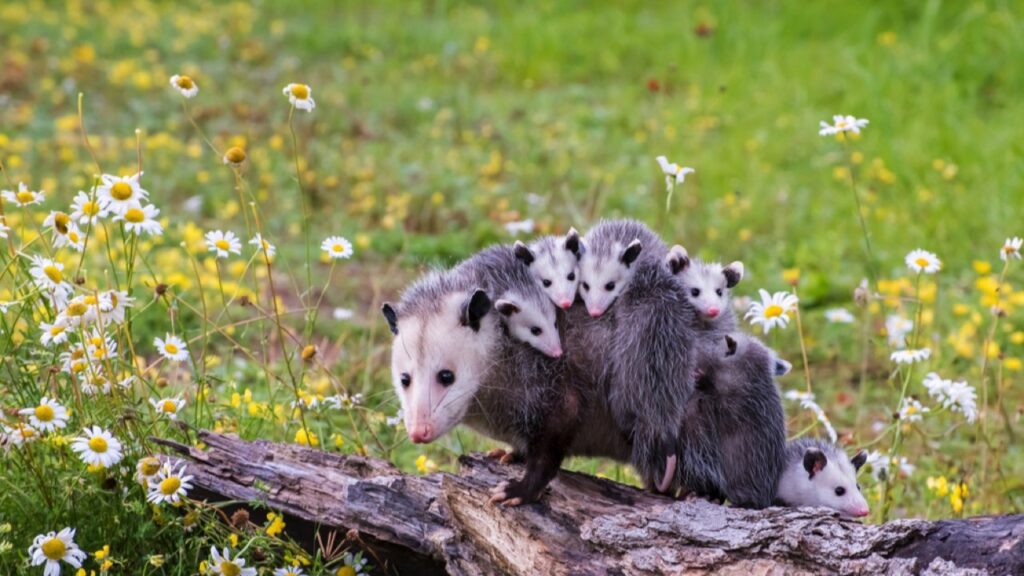
Opossums have a natural immunity to pit viper venom, including rattlesnakes. They produce a special peptide that neutralizes the venom. Researchers are studying this peptide for potential medical uses. Opossums are widespread across the United States and have been around for millions of years.
Honey Badgers
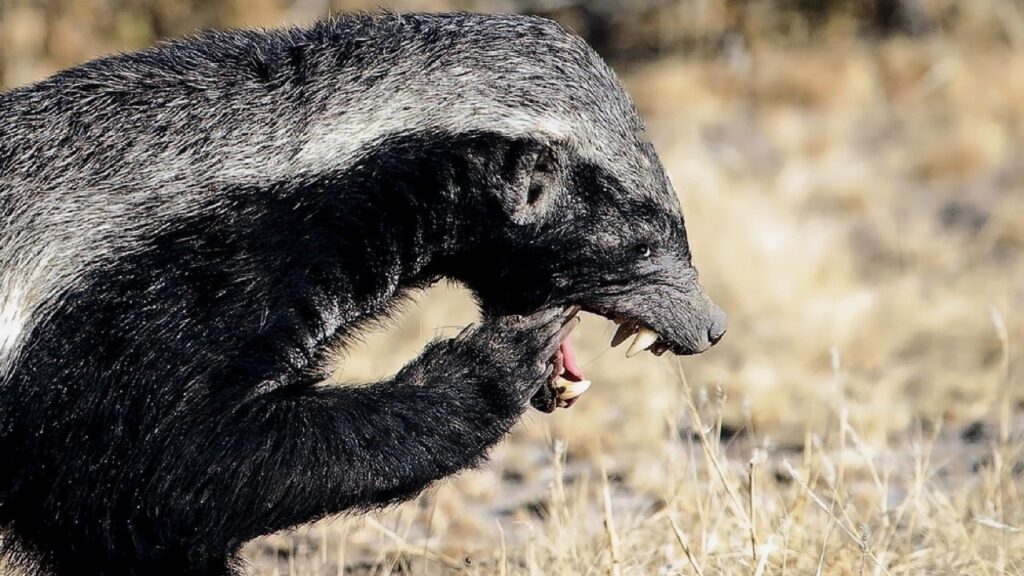
Honey badgers are famous for their toughness, including resistance to snake venom. They have thick skin that can deflect attacks and a genetic mutation that prevents venom from affecting them. These adaptations allow honey badgers to prey on venomous snakes regularly.
Indigo Snakes
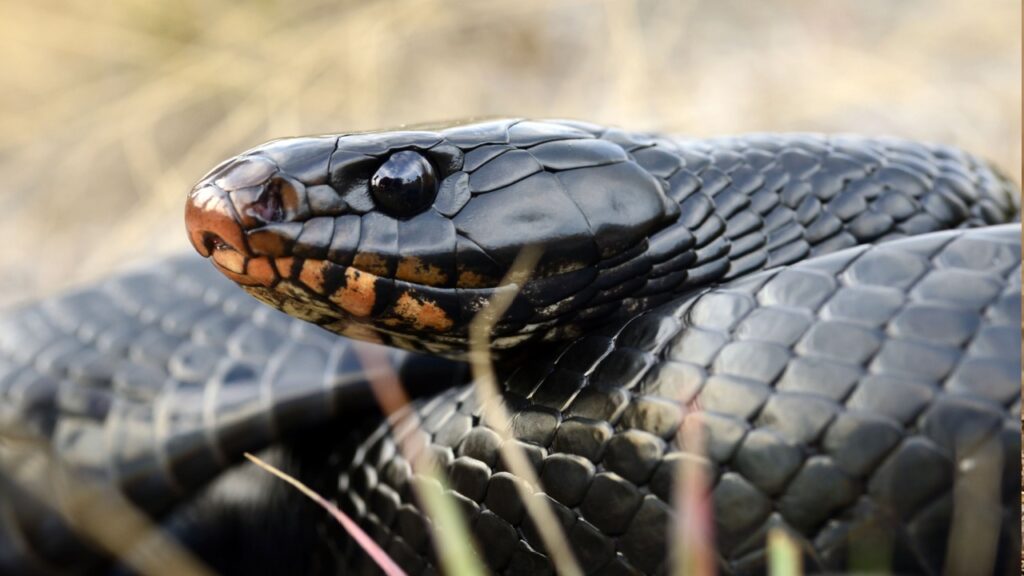
The eastern indigo snake is a large, nonvenomous snake that preys on other snakes, including rattlesnakes. Found in the southeastern United States, these snakes are immune to rattlesnake venom, making them formidable predators. Sadly, indigo snakes are threatened due to habitat loss and the pet trade. Conservation efforts are ongoing to protect these beautiful creatures.
Skunks
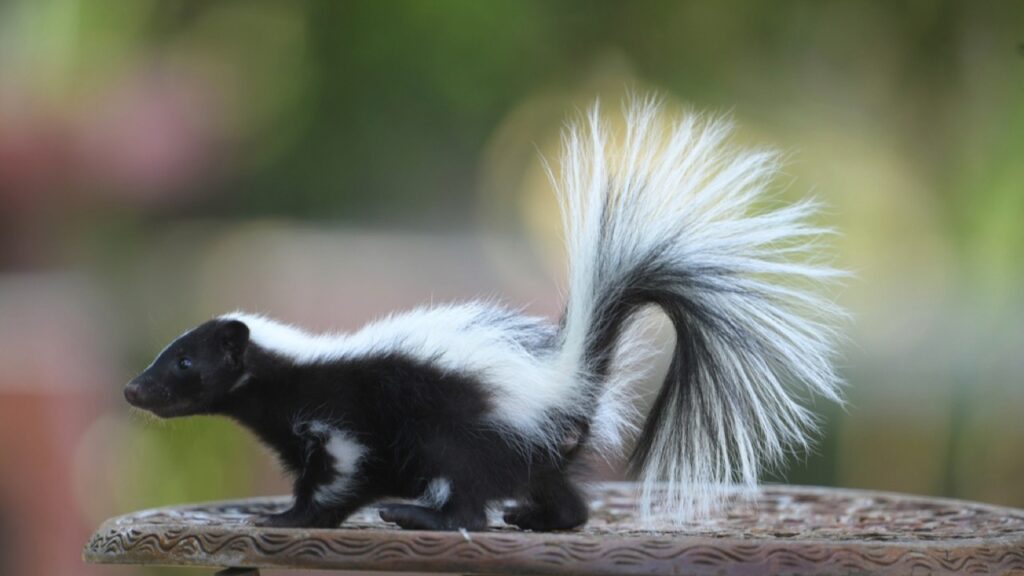
Skunks, known for their distinctive odor, also have a remarkable resistance to rattlesnake venom. This resistance is similar to that of opossums. While not entirely immune, skunks have adapted to survive rattlesnake bites that would be lethal to other animals. Their resistance helps them survive in habitats where rattlesnakes are common predators.
Coachwhip Snakes
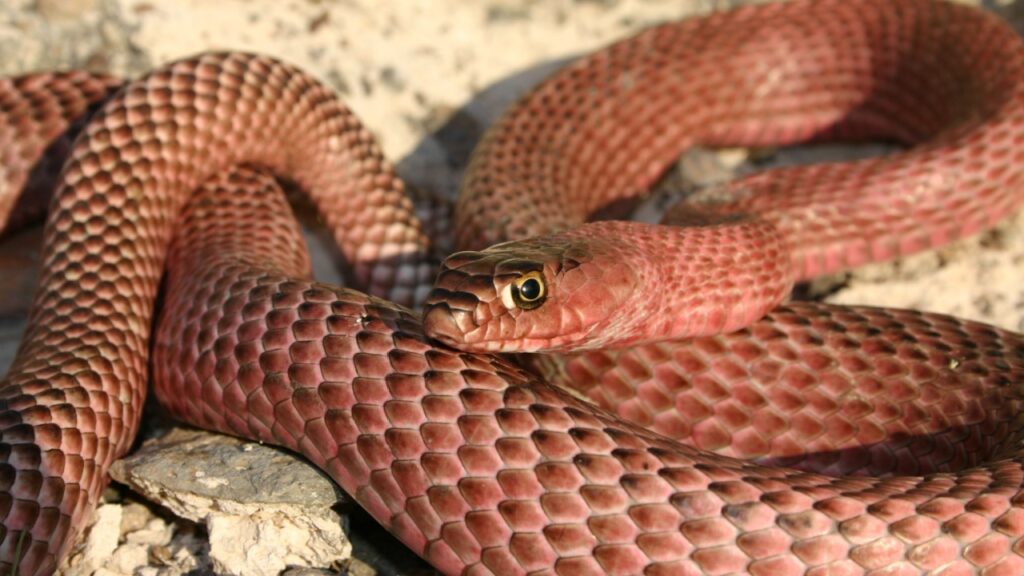
Coachwhip snakes, found throughout the United States, may also possess some resistance to rattlesnake venom. These slender, fast-moving snakes actively prey on rattlesnakes, often hunting and killing them. While the exact mechanism of their resistance is still being studied, their ability to prey on venomous snakes suggests a significant level of resistance.
Hedgehogs
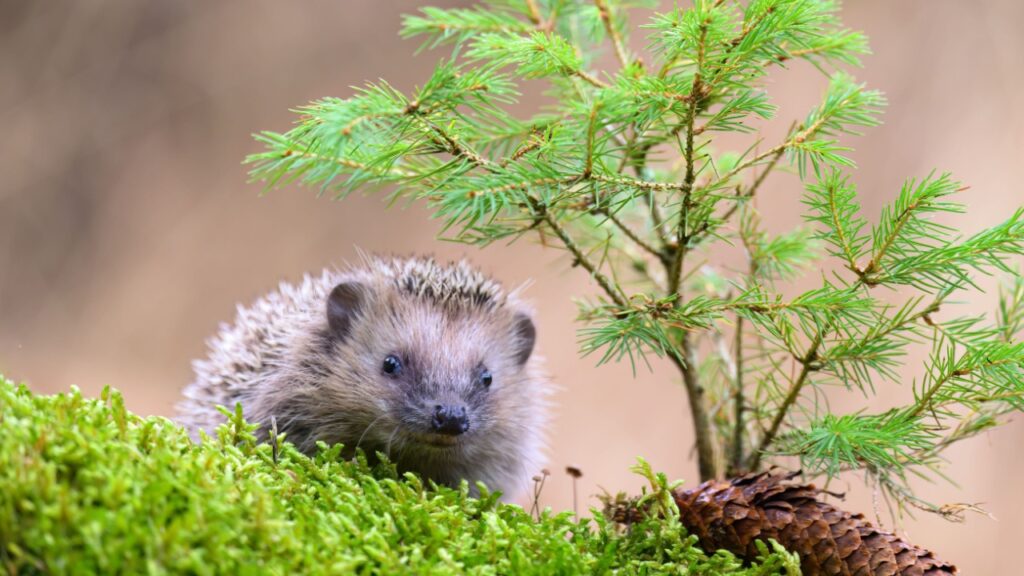
Hedgehogs have some resistance to rattlesnake venom. Their spines provide physical protection, while their bodies have mechanisms to neutralize venom. Although not fully immune, this resistance helps hedgehogs survive encounters with venomous snakes, which they sometimes prey on.
Woodrats
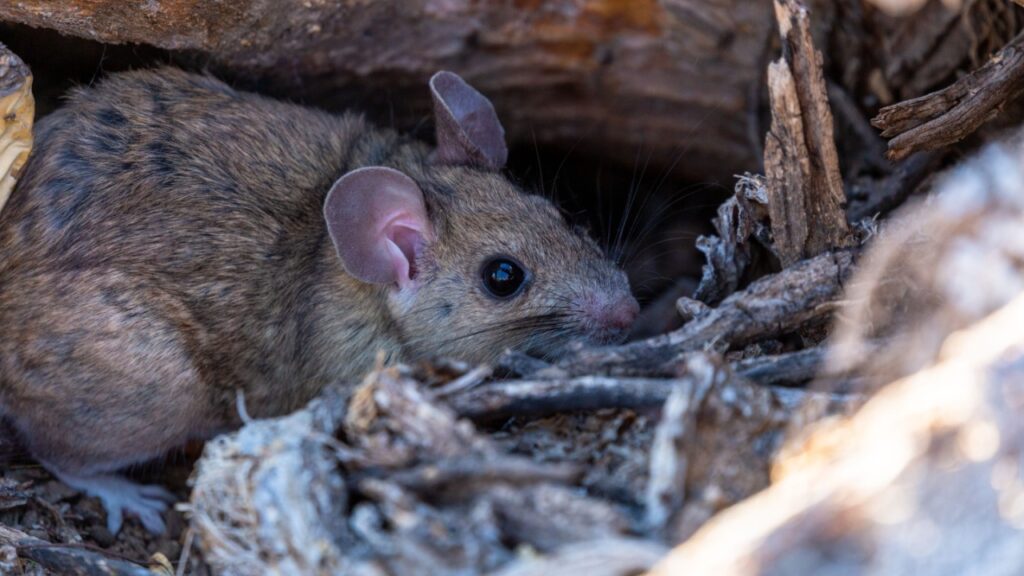
Woodrats, also known as packrats, were found to have immunity to rattlesnake venom by accident. They are known for collecting various items in their dens. In 1976, a student at Texas A&M University was feeding a western diamondback rattlesnake a live woodrat as part of a classroom experiment. To everyone’s surprise, the woodrat was unaffected by the venomous bite. Further research revealed that woodrats naturally have a strong resistance to rattlesnake venom.
California Ground Squirrels
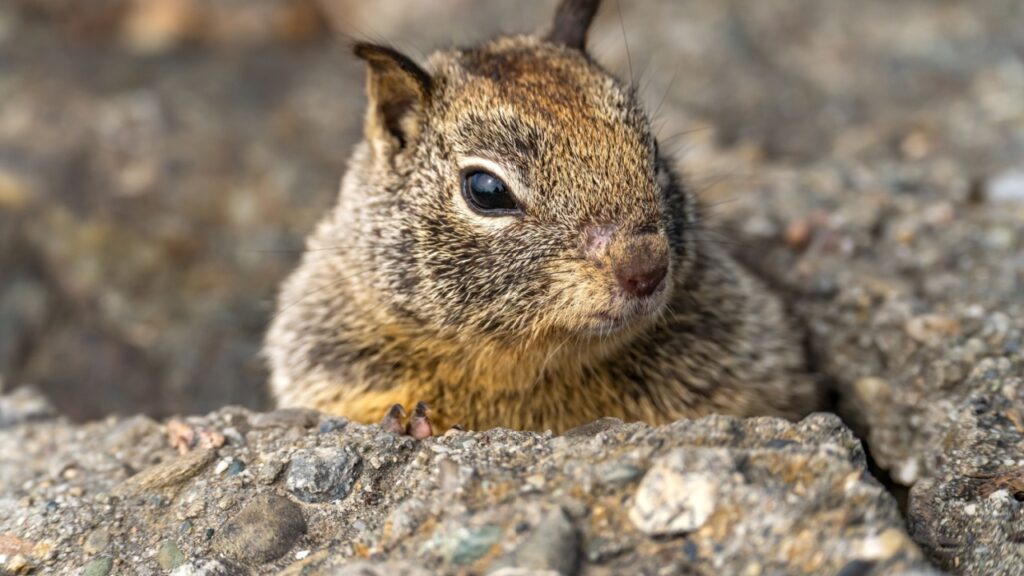
California ground squirrels have developed a resistance to rattlesnake venom, particularly in areas with high rattlesnake populations. This resistance varies among populations, with those in rattlesnake-heavy areas showing stronger resistance. These squirrels also use an interesting defense mechanism by chewing on shed snake skin and rubbing it on their bodies to mask their scent from predators.
Mongoose
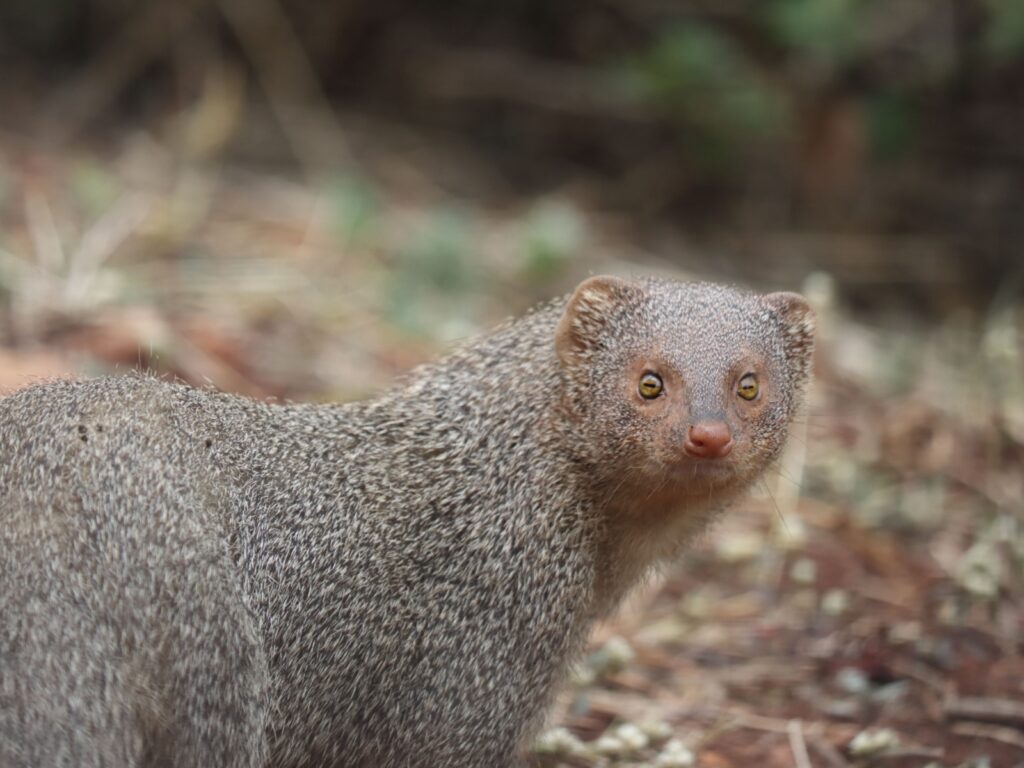
Mongooses are well-known for hunting deadly snakes. Their speed and venom resistance make them effective snake hunters. A mutation in their acetylcholine receptor prevents venom from harming them, allowing mongooses to survive snake bites that would be fatal to other animals.
Kingsnakes

Kingsnakes are named for their habit of eating other snakes, including venomous ones like copperheads, rattlesnakes, and cottonmouths. They are found across the United States and are known for their powerful constriction ability. Kingsnakes have an enzyme that inhibits the binding of pit viper venom, making it mostly ineffective. Although they aren’t completely immune, they have strong resistance to snake venom.
Pigs
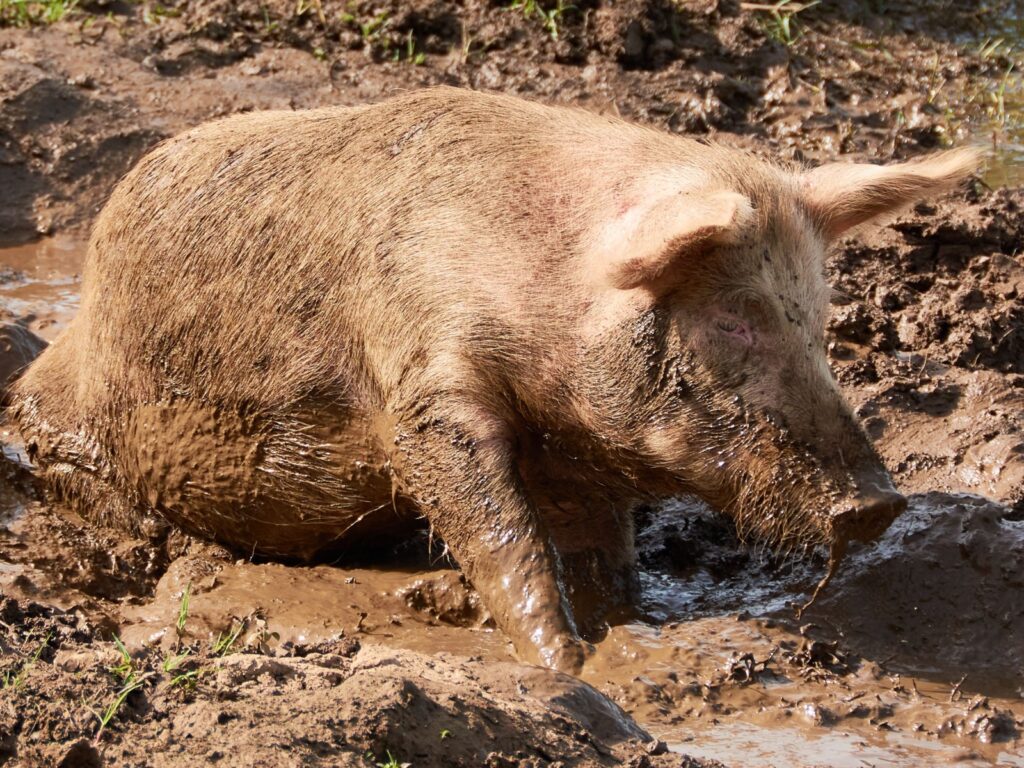
Domestic pigs, descended from wild boar, have developed a resistance to various snake venoms, including rattlesnakes. While the weird myth that their fat stops venom, it absolutely does not. Instead, a genetic mutation in their cell receptors prevents the venom’s a-neurotoxin from binding, rendering it ineffective. This resistance usually develops as pigs mature, prompting adult pigs to attack snakes to protect their more vulnerable piglets.



